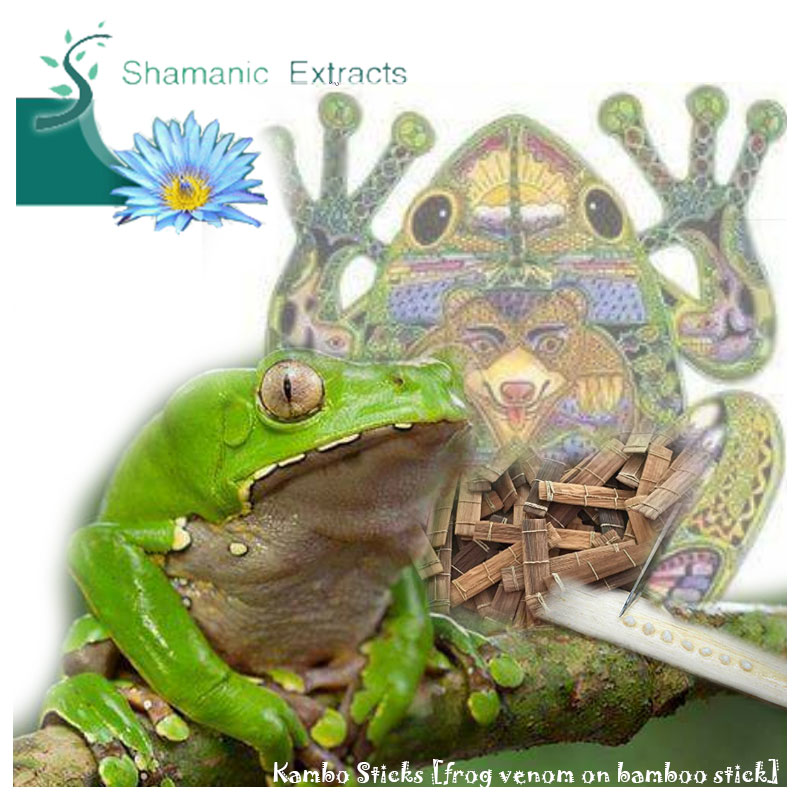





This product is not sold or intended for the purpose of application as described in the product description. Any information provided about this product on this website, including any links to external websites, are solely intended for historical, scientific and educational purposes and must not be interpreted as a recommendation for a specific use of the product. The statements contained herein have not been evaluated by the Food and Drug Administration and the product is not intended to "diagnose, treat, cure or prevent any disease." The use and application of this product, based on the historical and scientific context provided in the product descriptions and articles, is solely at the customer's risk. This product is a specimen of ethnographic value and interest only and is delivered with no express or implied fitness for any purpose. The product descriptions are compiled from sources we deemed to be reliable up to the date it was written but may contain omissions or errors in fact, or become outdated. It outlines the documented history of uses but should no way be construed to make any medical claims about the ability or efficacy of any of this item to treat, prevent or mitigate any disease or condition. Although it may have a long history of being used for a particular purpose, scientific evidence proving its efficacy for that purpose may be lacking.
Never use Kambo without professional guidance!
Other Names
Sapo (toad), Vacina do Sapo (toad vaccine), Leite do Sapo (toad milk), Kambô, or Kampú, Secretions of the Phyllomedusa bicolor treefrog.
Description
A Kambo Stick is a small wooden stick, with on its surface the dried secretions of a bright green tree frog called the Phyllomedusa bicolor. "Kambo", "Kampo" or "Sapo" is a traditional medicine used by Amazonian tribes indigenous to the western Amazon region. The Matses tribe traditionally uses this medicine to obtain strenght, aim and dexterity for the hunting. The utilization of this frog venom is shared by numerous other Amazonian tribes, including the Matis, Kanamari, Kaxinawa, Katukina, Kulina, Yaminawa, Marubo, and Ticuna tribes.
Contents
The dried secretion contains up to 7% potently active peptides - phyllocaerulein, phyllomedusin, phyllokinin, dermorphins (selective mu opioid receptor agonists) and deltorphins (selective delta opioid receptor agonists).
Phyllomedusin is a new peptide of the tachykinin family. Phyllomedusin strongly affects the salivary glands, tear ducts, intestines, and bowels, and contributes to violent purging. Tachykinins are active peptides which excite neurons, evoke behavioral responses. They are potent vasodilators and secretagogues, and Phyllomedusin contract (directly or indirectly) many smooth muscles. Phyllomedusin is secreted protein and expressed by the skin glands.
Historical
The Panoan tribes that practice the poison frog ritual call it kambo or kampo in their language. The tree frog is stretched by strings tied to its limbs. Tree frogs are referred to as “sapos,” in spanish hence the term sapo as sometimes used to refer to the indigenous medicine, kambo. As painful as it may look, the tree frog is not harmed during the process in which the poison is harvested from its skin. Traditionally, older men scrape the epidermis of the frog with a wooden stick to remove the toxin. After harvesting the poison, the frog is released unharmed. To the Matses, harming the frog could offend animal spirits and resulting in severe misfortune.(1)
The tribal members use the poison as a medicine and hunting aid, claiming it makes them strong and invisible. The poison from the wooden stick is typically mixed with the shaman's saliva and applied to tiny burns.(2)
Sebastian, a Machineri Indian warns that their "healers know how to use the frog's secretion. Now, it is being used in other places incorrectly, and this has led to the death of patients."(3)
In the 1980s, during one of his visits to the Matses Indians in Peru, investigative journalist Peter Gorman documented the first first-hand experience of a human taking an animal substance directly into the blood stream for medicinal purposes. Times have changed since then. Throughout the Amazon, sapo, can now be purchased, without prescription, in markets and apothecaries, or administered by traditional healers and herbalists as a natural household remedy. Not surprisingly, the global pharmaceutical industry is now taking keen interest in the medicinal properties of frog slime. In an International Herald Tribune article dated May 31, 2006, an alliance between the Katukina tribe and the Brazilian government aims ensure that profits generated from the development of drugs from the phyllomedusa bicolor's secretions, will stay in the country and benefit the Katukinas.(4)
Animal Description:
Phyllomedusa bicolor, also known as the Giant Leaf Frog or the Giant Monkey Frog, is a large green noctural frog that lives in the trees of the Peruvian and Brazilian Amazon. Males 91-103 mm, females 111-119 mm. The dorsum is dark green and the belly varies from white to yellow-white or cream. There are sparse white spots with dark frames on the lower lips, chest and front legs, and these are more dense on the flanks and hind legs. Fingers are transparent brown with large green adhesive discs. A prominent gland extends from behind the eye over the tympanum. The iris is dark gray. The species is arboreal and nocturnal. Males usually call from high trees, and descend with the female to construct nests 1-3 m above ponds. Reproduction occurs throughout the year in ponds near to, or far from, streams, with a peak from November to May (rainy season). The females deposit about 600 unpigmented eggs in a gelatinous mass in leaf nests hanging over ponds. The leaves are joined or folded with the aid of the male. After 8-10 days, the tadpoles hatch and fall into the water, where they complete development until metamorphosis. Like other amphibians from around the world, the giant monkey frog is threatened by climate change and habitat loss.